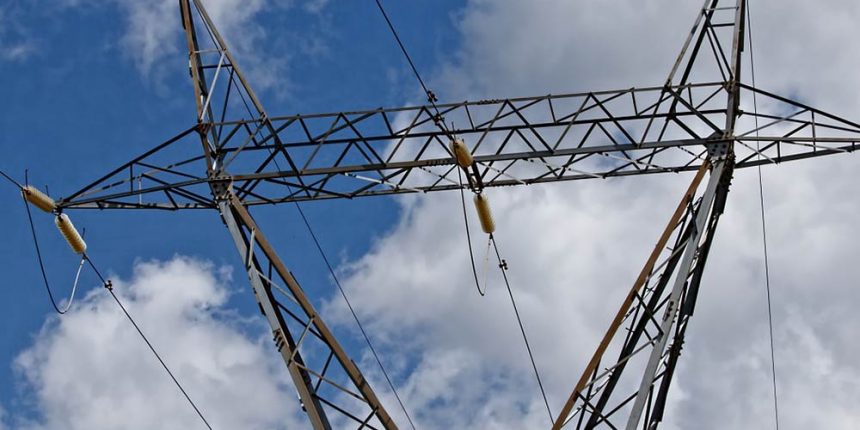Microgrids not always economically efficient, study says

Microgrids: Not always good for the budget?
A recent study examined microgrids from an economic perspective and discovered that they may not always be a wise economic move for communities.
Penn State researchers examined a number of different situations that involved the addition of a microgrid to a regulated network that is served by a vertically integrated utility. “Vertically integrated” refers to the scenario in which a utility company does it all from a power perspective — it generates, transmits and distributes electricity.
According to the study, approximately 50 percent of all U.S. states have networks operating in a vertically integrated fashion. And most of these setups exist in regulated markets.
The researchers found that installing a microgrid within a regulated electricity market like explained above will sometimes, but not always, provide an economic benefit to customers.
According to Chiara Lo Prete, assistant professor of energy economics, Penn State: “It’s not necessarily that a microgrid always does or doesn’t make sense — it really depends on costs and other characteristics of the network, including retail price regulation.”
Microgrid: A self-contained power system, often thought of as a sophisticated backup power system, but that, in some cases, can act as the main source of power for an individual community.
Non-economic microgrid benefits
Regardless of any economic benefits (or lack thereof), other potential benefits of operating microgrids at the community level are well documented.
A report from the National Electrical Manufacturers Association (NEMA) touted the public safety component of microgrids. With a microgrid, communities can ensure that power is supplied to critical public services during a large outage with a major utility. This can keep banks, cooling centers (or heating centers) etc. available during an outage.
Additionally, there’s always the potential for renewable energy effort to be infused in a community’s individual microgrid project. With full control of the energy source, a community can opt to move away from fossil fuels and power a microgrid with clean energy like solar or wind energy.
Orginally published on → E-Wisdom


